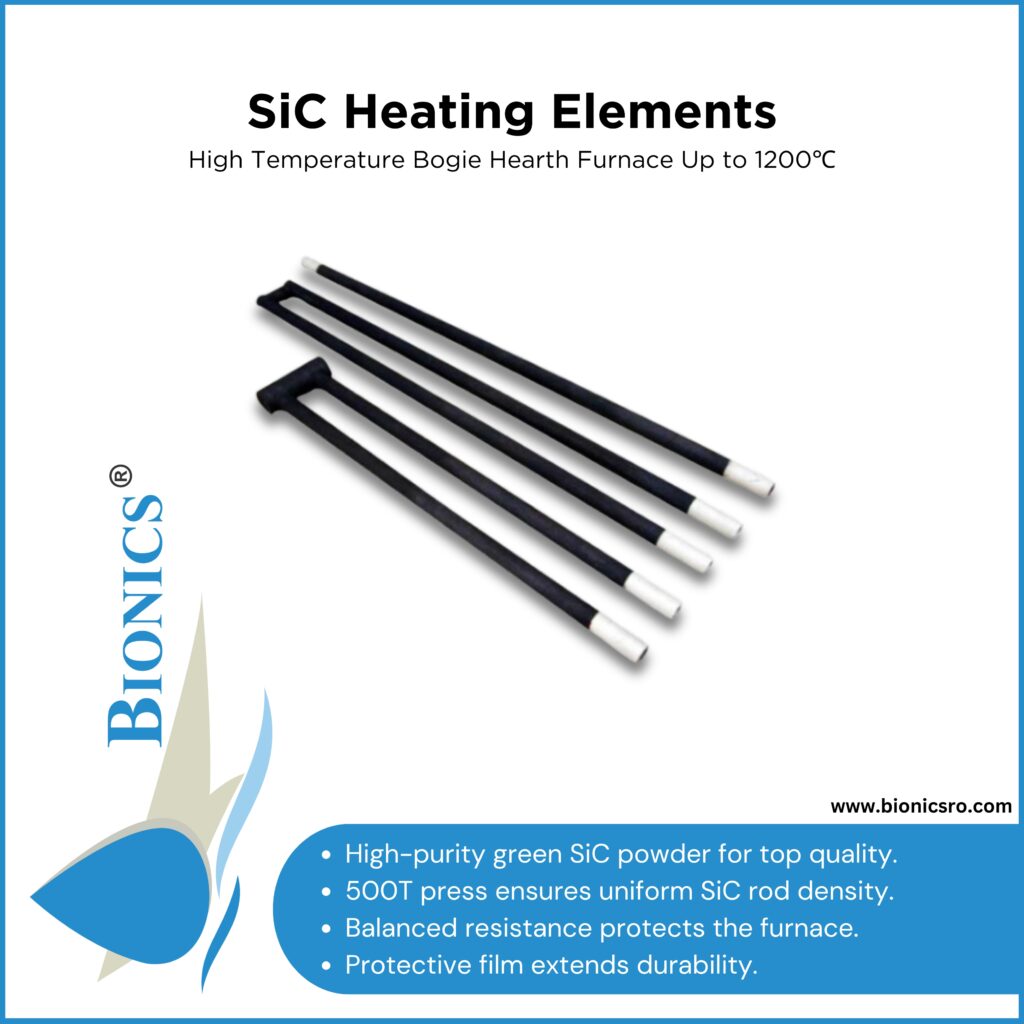Stay up to date
Stay up to date with our monthly e-newsletter
* We will never share your email address & you can opt out at any time, we promise.
Electrical appliances typically have heating elements, which are essential components that convert electrical energy into heat for various uses. They usually consist of open coils made from conductive alloys and supported by insulators, as well as wire terminals for electrical connection. Replacing traditional means with the convenience of electricity allows the integration of fire control in home appliances through heating elements.

A heating element is one of the key components in electrical appliances that converts electric current into heat. An electric current flowing through them produces heat because they are materials that offer resistance to an electric current passing through them. This can be passed to the surrounding medium, which may either be a gas, liquid, or mixture between air and water, such as gaseous oxygen, metallic mercury bromine solutions, etc. A common heater includes all heaters in general, but some usual forms include a coil, ribbon, or strip of wire where heat radiates equally in all directions, just like in the filament lamp.
Almost every product designed for space heating (like electric furnaces, electric ovens, and electric heaters) uses electricity to create warmth. In these devices, an example being a heating element converts electrical energy to thermal energy. To explain how it works, it would require mentioning the joule heating effect due to electric currents within solids. Heat generated by resistance results from passing an EMF across it.
Bionic Consortium has emerged as one of India’s leading companies manufacturing scientific equipment and heating elements with a high reputation because they ensure the products meet CE and ISO standards strictly followed during production. The firm values accuracy and innovation in their up-to-date laboratory equipment covering various disciplines in science. As a way of achieving this process, the Consortium has been focussing on development as well as the provision of quality goods together with the best services towards customers. According to this theory, only identical things can make you superior to others, so then you will be considered the best. It is due to their commitment to being the best that they can that they are able to outdo their rivals.
There are heating elements that use electric current to generate heat, known as joule heating. Some types include metallic, ceramic, composite, thick film, semiconductor, and combination systems. The type of heating element depends on the size and structure of the apparatus or the region heated by resistance. A part of a device is usually heated; in some apparatus it may be hidden inside a given enclosure for safekeeping. Wire elements of resistance type consist of ceramic heating elements, metallic heating elements, infrared heaters, and ceramic heaters with nickel chrome (NiCr) wire and Constantan wire.
A heating element does this by passing an electric current through itself called joule heating. Thus, when electricity flows through an electrical conductor, it makes it resistive in nature, thereby leading to heat generation in these materials, which we refer to as the joules’ effect. These properties determine how each hot zone has been manufactured based on which classification based on structural observations and properties can be made.
Basic Heating Elements Types:
Ribbon-straight or corrugated forms are some of the configurations that metallic resistance heating elements can take. The filaments used for lamps could be made from wires that look like strips, coils, or ridges. Different metals are applied in various appliances such as floor/ceiling heaters, industrial ovens, and hair dryers. In them, there are several main types of materials utilised.
Nickel-Chrome Alloy:
FeCrAl Alloy:
CuNi Alloy:
Etched Foils:
Note:
Stay up to date with our monthly e-newsletter

Bionics Consortium Pvt. Ltd. is a premier Indian company specializing in the manufacturing, supplying, and exporting of laboratory and scientific equipment, available in both standard and custom designs.
Copyright © 2024 Bionics Consortium Pvt. Ltd – all Rights Reserved.